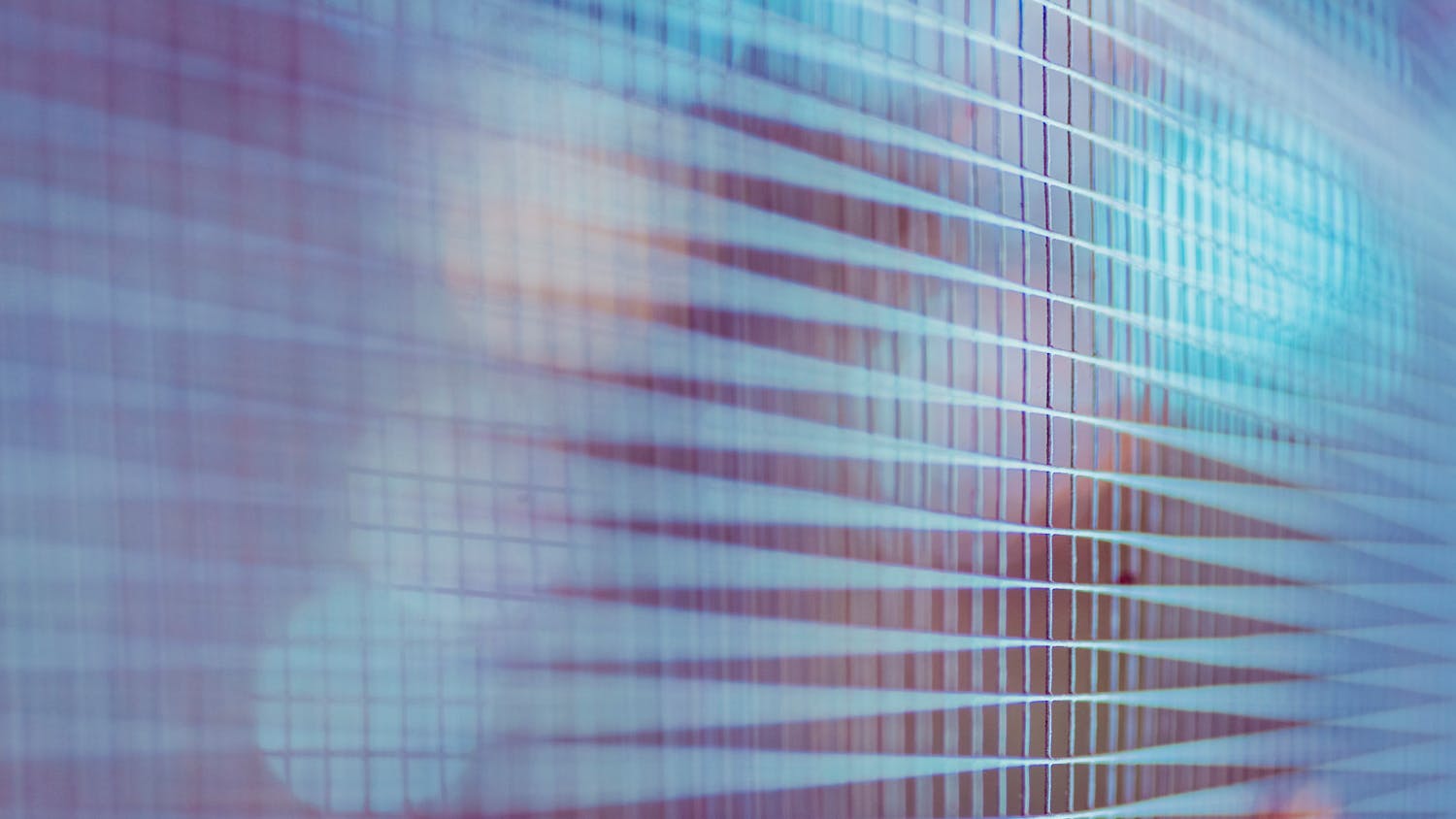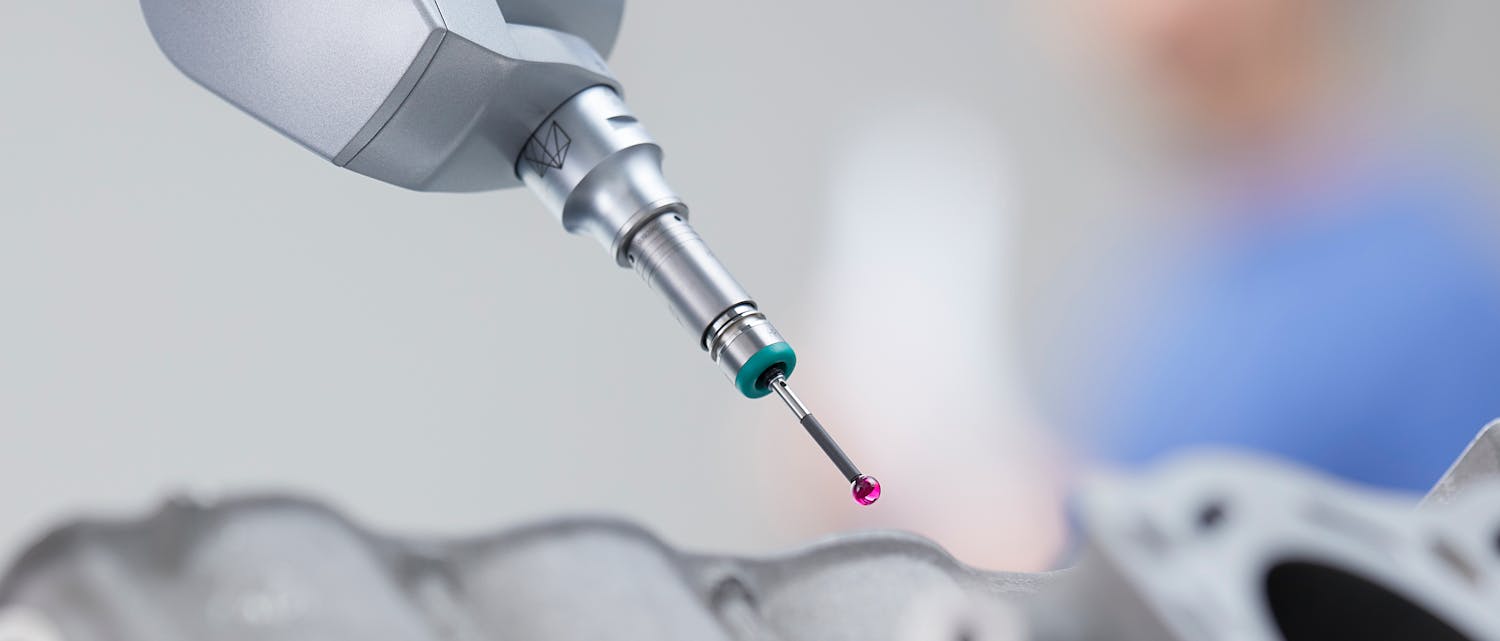Ready to revolutionize your metrology applications?
Explore spaceCoder technology now. For expert insights and more information, contact us today.
Metrology redefined: Shadow imaging with precision optical encoder technology.

In the demanding arenas of automated medical and production applications, high-precision mechatronic systems are indispensable. Precise measurement systems are required to ensure the real-time positional tracking of various moving elements.
Conventional metrology techniques, such as optical, capacitive, and inductive methods, typically rely on the measurement of a single point in space along a single direction. This intrinsic property renders these systems susceptible to errors introduced by parasitic motion and contamination, compromising the precision and reliability of system.
Recognizing these limitations, CSEM has developed a spatial measurement technology based on a novel shadow imaging technique called spaceCoder where a light source projects a pattern's shadow onto a vision sensor, enabling precise 3D tracking of objects in real time.
The basic implementation consists of three parts: a punctual source of illumination (LED or laser), an image sensor (CMOS imager), and a transparent scale with a specific marking (glass reticle with chromium photolithography) fixed at a given distance from the sensor. The emitted light projects the shadow of the pattern onto the sensor, and the pattern captured by the imager is processed to extract the 3D position of the light source.
This video illustrates the concept behind metrology through imaging, i.e. shadow image formation on the detector. (Left) Basic implementation of the concept, showing the 3 basic components: illumination, mask, and imager (right).
The spaceCoder technology has been implemented for various types of measurement (angular, rotary, linear and up to 6 degrees of freedom) and in different domains, including precision industry (probes), spatial and automotive (encoders), medical (6D micro-surgery) and geolocation (Sun tracking). From a metrological perspective, the sensor offers multiple other advantages: it is flat and compact (no lens), highly cost-effective, and can work with any wavelength from UV to IR.
The spaceCoder technology has been recently improved with a new patented Talbot-diffractive configuration which enhances metrological performance.
This new configuration benefits from the inherent diffraction of such a shadow imaging system with a regular pattern: by increasing the sensor to pattern distance to a multiple of the Talbot distance or a fraction of it, the diffraction provides a perfect regular pattern with a customizable period.
The diffraction effect, which usually contributes to limit performance, offers precious advantages: The signal is perfectly focused (diffraction under control) and the spaceCoder sensitivity is increased by a simple lever-arm effect, providing a detection precision enhancement up to 2 orders of magnitude.
The diffractive spaceCoder can measure position down to the nanometer range and below.
Illustration of the Talbot diffraction effect on the image formation on the detector along the Talbot carpet (left). Talbot diffraction shown along normal direction of the imager and mask (right).

Coordinate measuring machines (CMMs) used for quality control of high precision mechanical parts such as turbine blades and implantable prostheses need very accurate probes. These are used to detect when contact is made with the object to be measured, allowing readings to be taken. Probes are usually based on strain gauges, which are very fragile, or on mechanical contacts, which suffer from non-homogeneous detection forces along the different axes. To overcome these limitations, Swiss metrology specialist TESA - Hexagon decided to develop a new generation of robust precision probes.
CSEM’s patented spaceCoder technology was key to TESA's solution: a novel touch trigger probe based on a miniature mechano-opto-electrical measurement system built around a dedicated integrated circuit. This innovative new probe enables homogeneous detection in all directions with unprecedented precision.
Now in production at TESA Renens CH and used to equip CMMs produced by the Hexagon Group, the probe consolidates Hexagon's position as a leading supplier of CMMs.
Supported by Innosuisse, this project is exemplary because it has enhance a strong industry in Switzerland.
Explore spaceCoder technology now. For expert insights and more information, contact us today.
Dive deeper into the innovation behind spaceCoder with our collection of patents, providing detailed insights into our groundbreaking technology: